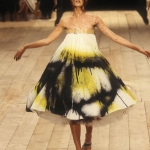
Last week saw the return of the 90’s at Vogue.com with Vogue editors ranking the most unforgettable runway shows from that era. The 90’s was an iconic era and whether we like it or not, revisiting that era demands attention. Why, the 90’s was probably a turning point for many of the styles we have come to know today whether it’s grunge or minimalism or glam.
There were major players from that era the whose work still has major influence today whether it’s the work of Alexander McQueen to John Galliano to Marc Jacob. The decade’s top fashion put together also has lessons for African Fashion designers. So without further ado, here are 4 lessons from the 25 most influential, era-defining and unforgettable runway shows of the nineties that African Fashion Designers can learn from.
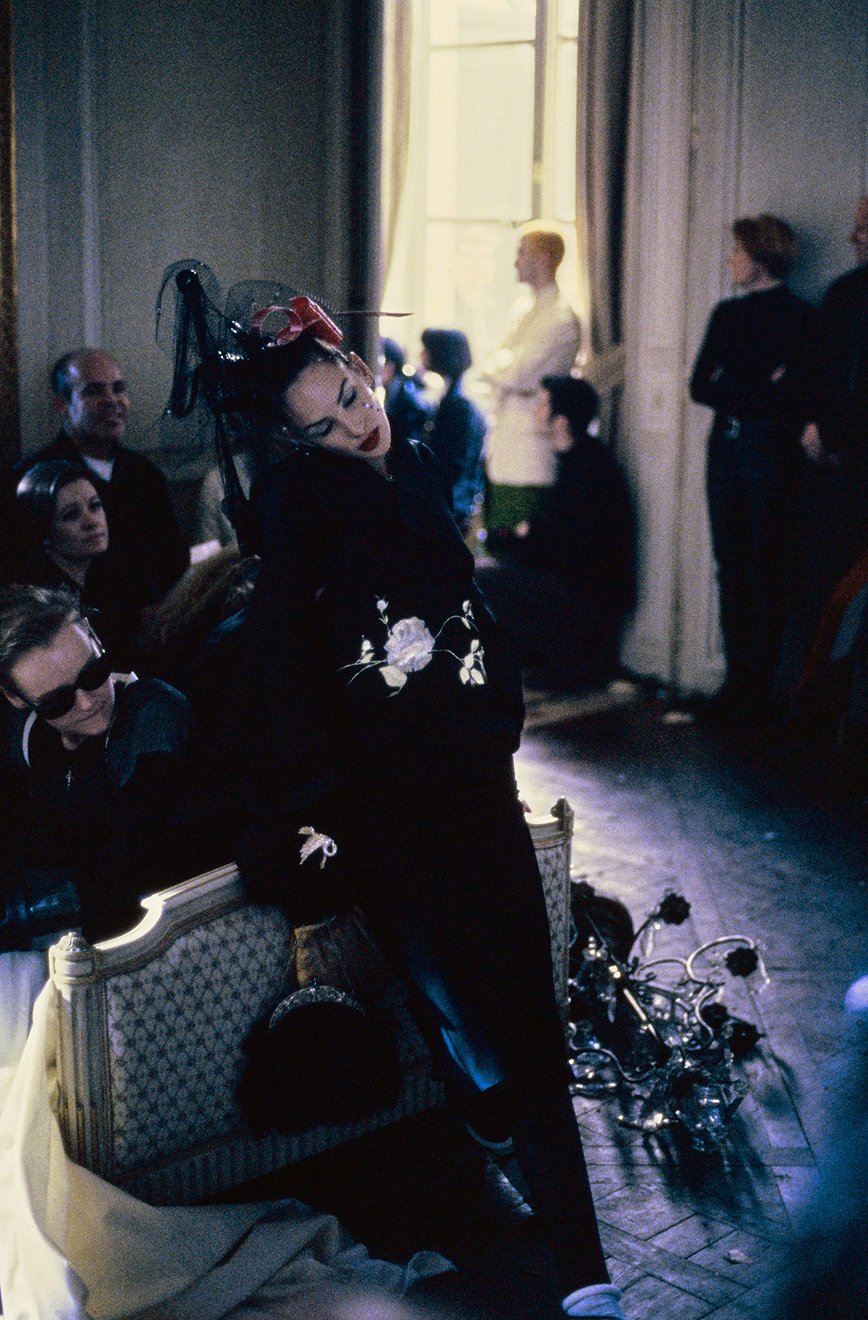
There are so many other lessons to learn from these collections presented by Vogue editors, but I think these 4 are crucial for any African fashion designer interested in making it in the global fashion industry. To read up on the remaining 25 most unforgettable runway shows from the 90’s check out Vogue.com.
There were major players from that era the whose work still has major influence today whether it’s the work of Alexander McQueen to John Galliano to Marc Jacob. The decade’s top fashion put together also has lessons for African Fashion designers. So without further ado, here are 4 lessons from the 25 most influential, era-defining and unforgettable runway shows of the nineties that African Fashion Designers can learn from.
Be original: We throw the word original around a lot as if to say that it’s something everyone has or can acquire over time. However, for the future of African fashion, this word is much more than that. As we approach an era where our designers are trying to find their foot in the maze called the global fashion industry, it is important, that the work we present are ours and ours only, and not a reminder of something seen on the runways in the West. Alexander McQueen’s Spring 1999 fashion show is one example of originality. In fact, according to the Vogue editors, it wasn’t a fashion show, it was a performance art with two robots on the runway. When one model, Shalom Harlow emerged in a strapless broderier anglaise dress on the runway, the robots came to life. As the model spun around on a circular platform, the robots, which were typically used to paint cars, sprayed her dress in a carefully choreographed dance. When it was over the audience was stunned and couldn’t not stop clapping in appreciation. This is originality at its peak and for African fashion designers, making it in this already difficult global fashion industry will have to entail this type of unparalleled original skill and imagination with every collection you present.

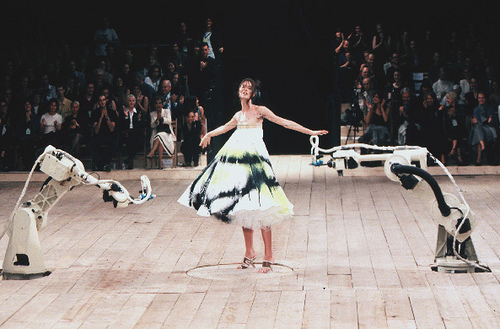
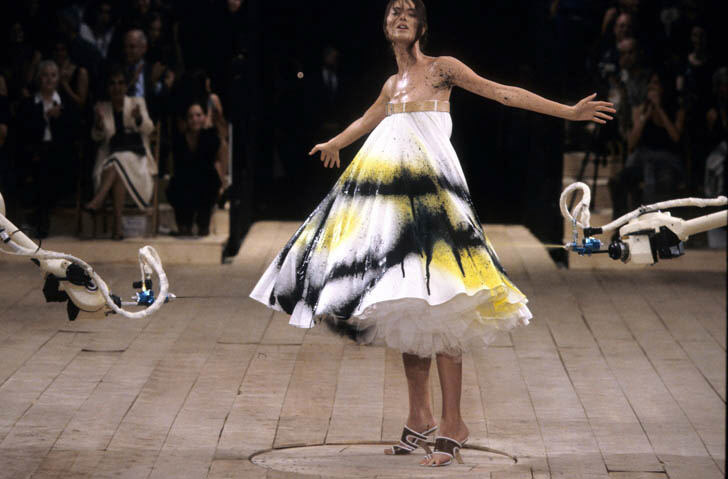
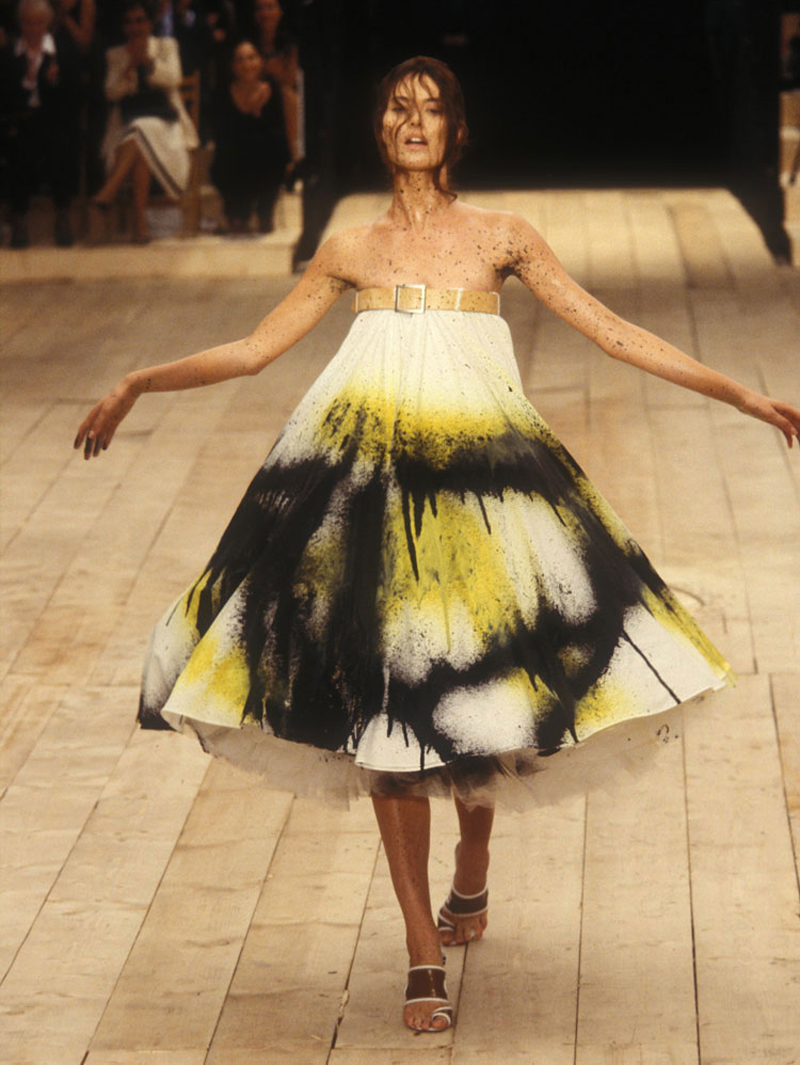




Be unforgettable: For any African fashion designer that may read this, as you prepare to showcase your collection, the idea of being unforgettable to should be paramount. Let your collection always be full of surprises that others will aspire to achieve. See the reason, is that you have to become a household name and with that means presenting collections people will never, ever forget. Whether you are using your collection to showcase Africa’s huge cultural past or our great modernity, make sure that you are creating clothes that don’t look like anything else, which today is a rare trait for our African fashion designers. Versace’s Fall 1991 Freedom show, is one collection Vogue editor’s picked that illustrates this idea of being unforgettable. This was the show that crystalized the supermodel moment and it was truly an unforgettable sight to behold. Versace sent down Linda Evangelista, Cindy Crawford, Naomi Campbell and Christy Turlington arm in arm down the runway lip-synching the lyrics to George Michael hit ‘Freedom.” The clothes he sent down the runway whether the patent-leather boots or the cat suits were epic. The gowns or the insanely beaded bustier were also divine, but best of all, the show itself was unforgettable, and instant sensation, which today is very rare indeed for our African fashion designers.
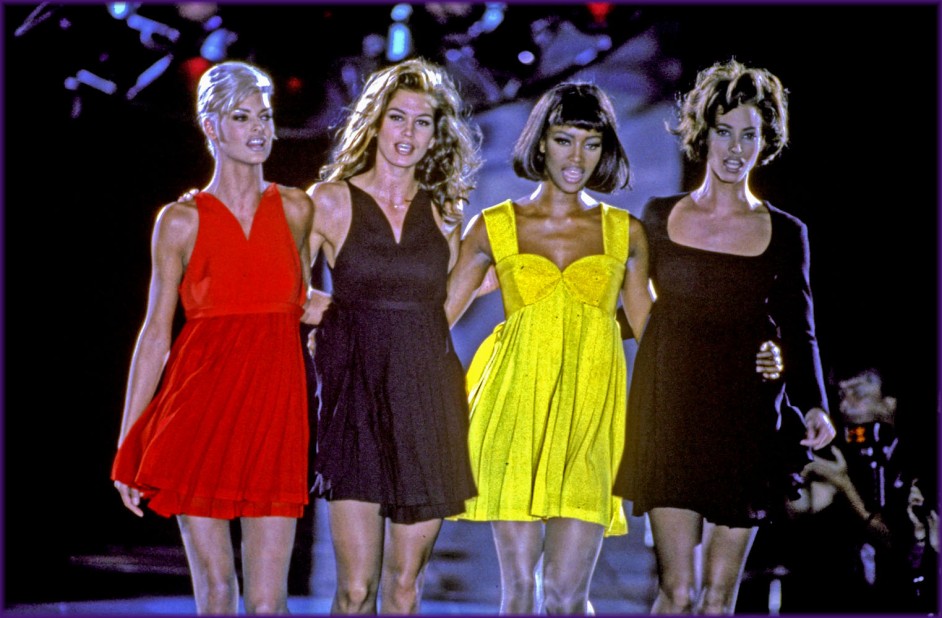

Challenge the conventional: There are times where your clothes will be for a certain kind of woman, I get that and this seems to be the norm for all our designers who play it safe with their interpretation of African fashion. But if the ultimate goal is to become a solid force to be reckoned with in African fashion, then my suggestion is that you work to propose a look, a style or mood and then leave it up to the woman to make her own choice. See you should never be constrained with thinking about what the African woman or your global audience will think. Instead, be free to use your imagination and let it run wild if you like and yes, even if it means loosing a sponsorship or a backing for your collection. Have you heard of the Perry Ellis Spring 1993 collection which launched the whole idea of grunge. According to Vogue editors, it was the collection that got Marc Jacobs fired from Perry Ellis. It was the show that made his career. With Kurt Cobain and Courtney Love in the newspapers and their music dominating both the radio waves and MTV, a 29-year-old Jacobs sent flannel shirts, printed granny dresses, Dr. Martens, and knitted skullcaps down the runway. “Grunge is ghastly,” Suzy Menkes declared, and Jacobs indeed lost his job, but this was one show that the critics and the Perry Ellis brass got wrong. The collection became a badge of cool, representative of the culturally savvy collections Jacobs would later create at both the eponymous label he launched with his business partner, Robert Duffy.
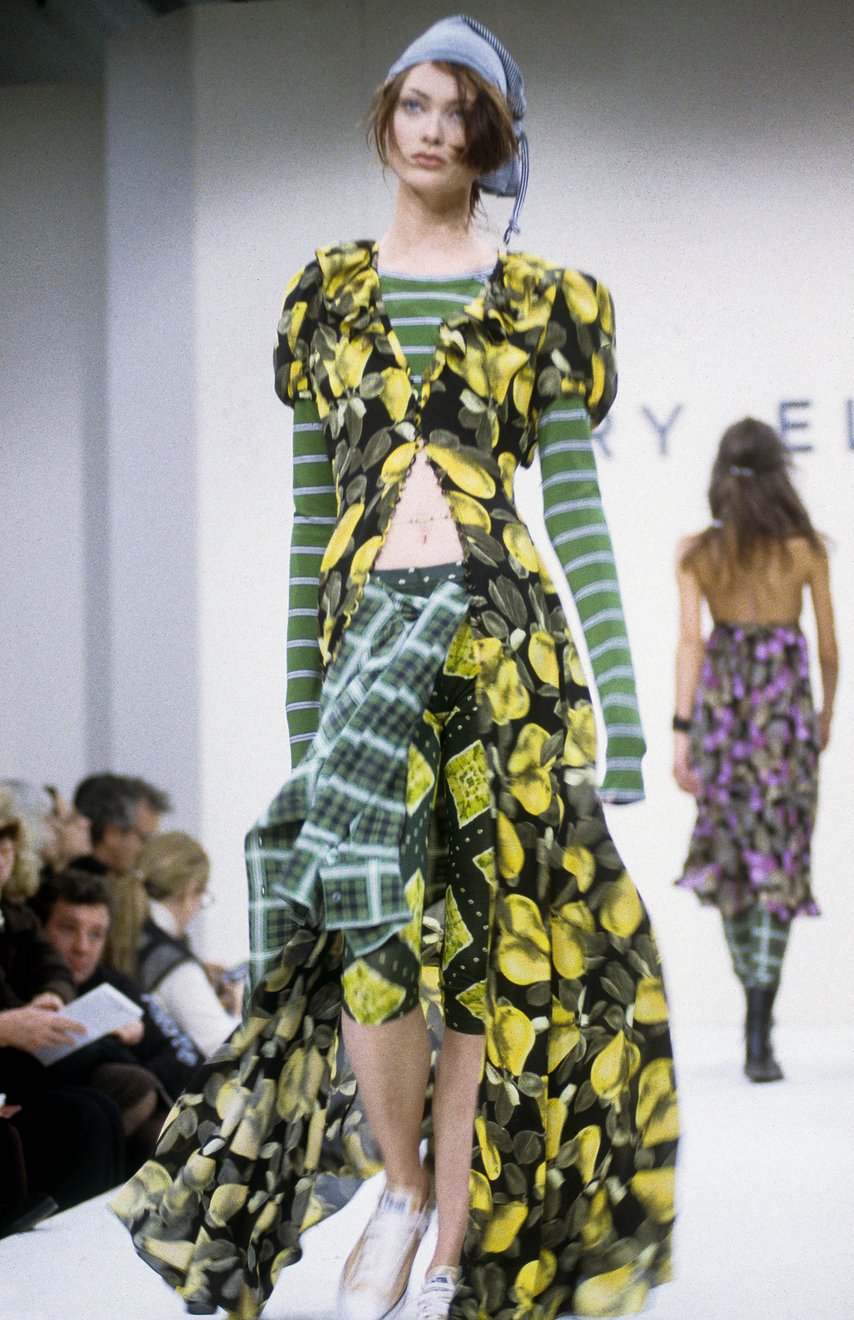

Act like very collection is your last: Have you seen American Idols or X-factor show, each contestant performs their best each time they are on stage because another performance is not guaranteed. So for African fashion designers, you only get one moment to make a lasting impression or for the global fashion industry to take a look at you twice, one moment. Thus, for any budding or seasoned African fashion designer, you really have to act like every collection you present is your last. We understand your passion for clothes and we know that your goal is to strike it big in this industry, but see every collection should be treated like it’s the last one we will ever see. When you work from this perspective, chances are that you will put all your efforts into making sure that if this is the last, they your name will go down in history as the best African fashion designer that ever lived. Everyone tries so hard these days and so it will be good to see someone doing the opposite, to tell a different story of what they are presenting in a manner as if this would be the last time they told the story. For a source of inspiration, check out the story on John Galliano’s Fall 1994 collection shared by Vogue editors. See they noted that John Galliano was out of cash and sleeping on the floor at a friend’s flat in early 1994. But if he was down, he wasn’t out. With new backers, a cadre of generous friends (hatmaker Stephen Jones, muse Amanda Harlech), and a fairy godmother in the form of the Paris hostess São Schlumberger, who lent him her Left Bank hôtel particulier, he pulled together a career-making collection that fused the East and West of Japanese kimonos and glamorous forties-style tailoring. A year later, Galliano landed a job at Givenchy, becoming the first British designer to run a French couture house.

There are so many other lessons to learn from these collections presented by Vogue editors, but I think these 4 are crucial for any African fashion designer interested in making it in the global fashion industry. To read up on the remaining 25 most unforgettable runway shows from the 90’s check out Vogue.com.
Source: Vogue
